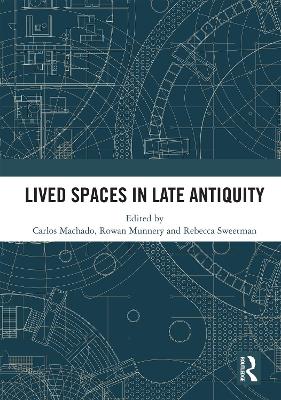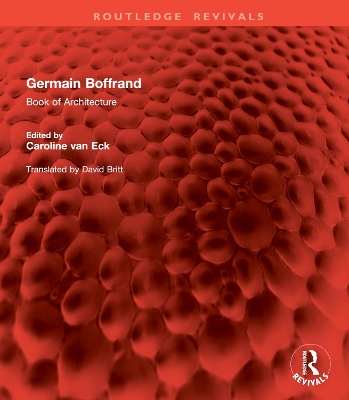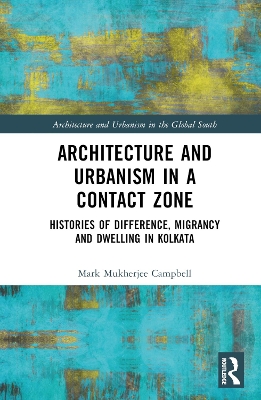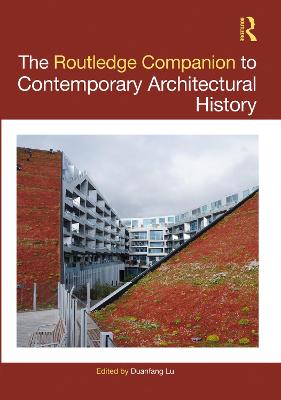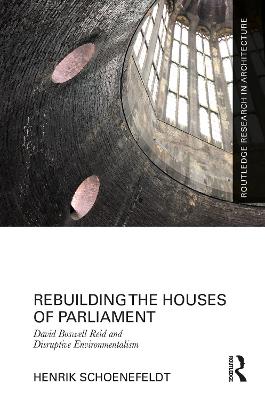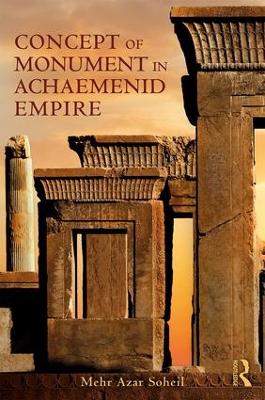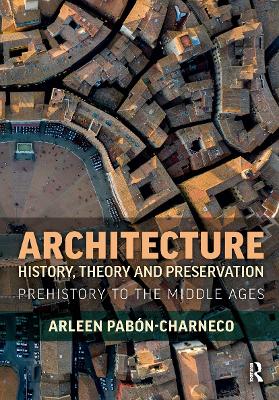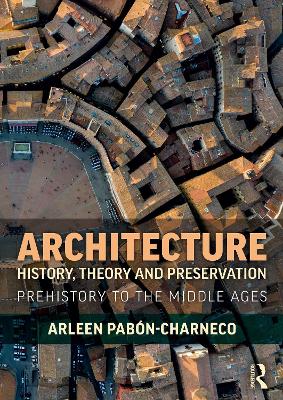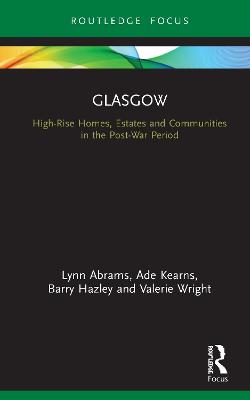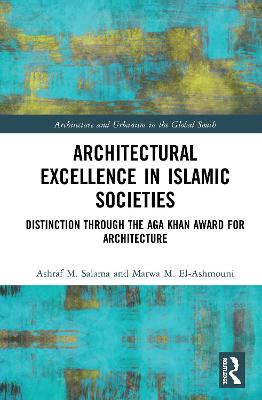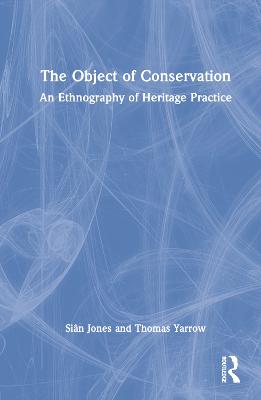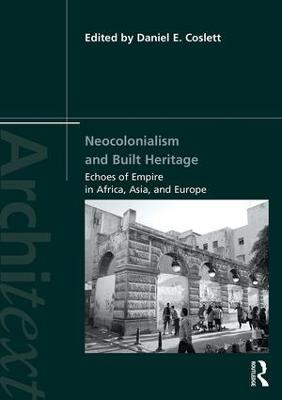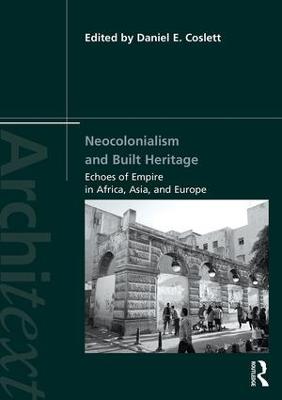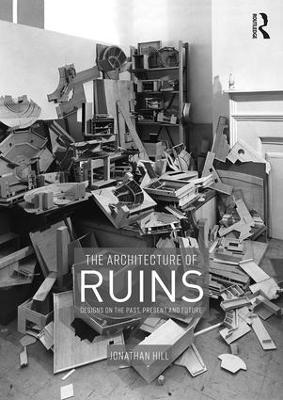Concept of Monument in Achaemenid Empire
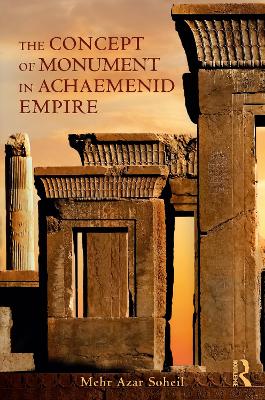 -10%
portes grátis
-10%
portes grátis
Concept of Monument in Achaemenid Empire
Soheil, Mehr Azar
Taylor & Francis Ltd
12/2018
218
Mole
Inglês
9781138055926
15 a 20 dias
344
1. Introduction to the Ancient Near East
1.1. Persians in the Ancient Near East
1.2. Achaemenid Dynasty
1.3. Administration and Cultural Policy
1.4. Persian Presence in the Empire
1.5 Religion of the Persians
1.6 Achaemenid Art and Architecture
1.7. Achaemenid Building Works
2. Persepolis: Description
2.1. Territory, settlements and choice of site
2.2. The Terrace and its Construction
2.3 Functional Typology
2.4. Apadana Complex
2.5. Hundred Column Hall Complex (+11.50)
2.6. Palaces and other structures
2.7. The Treasury (+8.45m)
2.8. Royal Tombs
2.9. Complexes Outside the Terrace
2.10. Construction techniques
3. Architectural Morphology and Proportions
3.1. Morphology of Persepolitan Buildings
3.2. Metrology
3.3. Dimensions of the Apadana
3.4. Reference Grid of the Terrace
3.5. Design Scheme of Facades
4. The Concept of Monument
4.1. Persepolis as a Monument
4.2. Functions of the Royal Terrace
4.3. Concept of Kingship
4.4. Ritual city
5. Significance of Inscriptions
5.1. Significance of Writing
5.2. Form and content
5.3. Building Work
5.4. Heritage and Continuity
6. Significance and Symbolism
6.1. Significance of Podium
6.2. Significance of square
6.3. Significance of Design Scheme
6.4. Significance of Sculptural Decoration
6.5. Symbolism and Metaphor
6.6. Alexander Sarcophagus
6.8. Respect for the Past and Antiquity Value
7. Archaeology and restoration
7.1. Oriental Historians
7.2. European Travelers
7.3. Early Explorations
7.4. Hypothetical Reconstructions
7.5. Beginning of systematic excavations
7.6. Restoration and conservation
7.7. World Heritage
8. Concluding Considerations
1. Introduction to the Ancient Near East
1.1. Persians in the Ancient Near East
1.2. Achaemenid Dynasty
1.3. Administration and Cultural Policy
1.4. Persian Presence in the Empire
1.5 Religion of the Persians
1.6 Achaemenid Art and Architecture
1.7. Achaemenid Building Works
2. Persepolis: Description
2.1. Territory, settlements and choice of site
2.2. The Terrace and its Construction
2.3 Functional Typology
2.4. Apadana Complex
2.5. Hundred Column Hall Complex (+11.50)
2.6. Palaces and other structures
2.7. The Treasury (+8.45m)
2.8. Royal Tombs
2.9. Complexes Outside the Terrace
2.10. Construction techniques
3. Architectural Morphology and Proportions
3.1. Morphology of Persepolitan Buildings
3.2. Metrology
3.3. Dimensions of the Apadana
3.4. Reference Grid of the Terrace
3.5. Design Scheme of Facades
4. The Concept of Monument
4.1. Persepolis as a Monument
4.2. Functions of the Royal Terrace
4.3. Concept of Kingship
4.4. Ritual city
5. Significance of Inscriptions
5.1. Significance of Writing
5.2. Form and content
5.3. Building Work
5.4. Heritage and Continuity
6. Significance and Symbolism
6.1. Significance of Podium
6.2. Significance of square
6.3. Significance of Design Scheme
6.4. Significance of Sculptural Decoration
6.5. Symbolism and Metaphor
6.6. Alexander Sarcophagus
6.8. Respect for the Past and Antiquity Value
7. Archaeology and restoration
7.1. Oriental Historians
7.2. European Travelers
7.3. Early Explorations
7.4. Hypothetical Reconstructions
7.5. Beginning of systematic excavations
7.6. Restoration and conservation
7.7. World Heritage
8. Concluding Considerations

